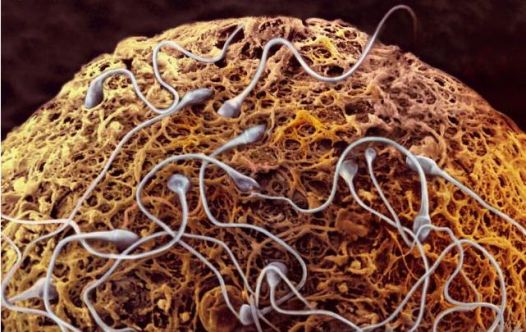What is IVF?
In-Vitro Fertilisation (IVF), which literally means ‘in glass’ fertilisation, is the method of fertilising the female gamete (egg) with the male gamete (sperm cell) outside the body, in a glass dish or test tube. IVF is used to assist couples, who suffer from infertility complications, to become pregnant. The process includes the removal of the egg from the woman’s ovary and the fertilisation of the egg by the man’s sperm cells in a liquid medium, nowadays usually in a Petri dish. The fertilised egg is then deposited onto the wall of the woman’s uterus where it may implant and grow into an embryo, foetus and eventually a healthy baby.
Usually in the egg retrieval process multiple eggs are taken form the ovary, to achieve the formation of multiple eggs the woman must take medication to stimulate the formation of many follicles in the ovaries. However this process must be carried out very carefully as the formation of too many follicles (hyper-formation) can be dangerous and put the life of the woman at serious risk.
After usual fertilisation rates of 75,000 sperm to 1 egg, the embryos are then cultured for between 2 and 6 days, depending on the method used and the jurisdiction. The embryos are then selected, based on quality, and are implanted into the woman's ovaries, the number implanted generally depends on the age of the woman. Pregnancy success rates are improving all the time with IVF, but at the moment the success rate in Ireland stands in the region of 21 per cent.
Complications with IVF births are usually the birth of multiple babies, because of the implantation of too many eggs, this can lead to birthing difficulties and prematurity. Birth defects have also been proven to be more prevalent in IVF babies. All that said, currently IVF is the most viable and successful way to aid couples who have infertility issues, and who wish to have children.
This post is contributed by Junior Frog Blog Reporter Rab Sheeran.
This post is contributed by Junior Frog Blog Reporter Rab Sheeran.


Comments